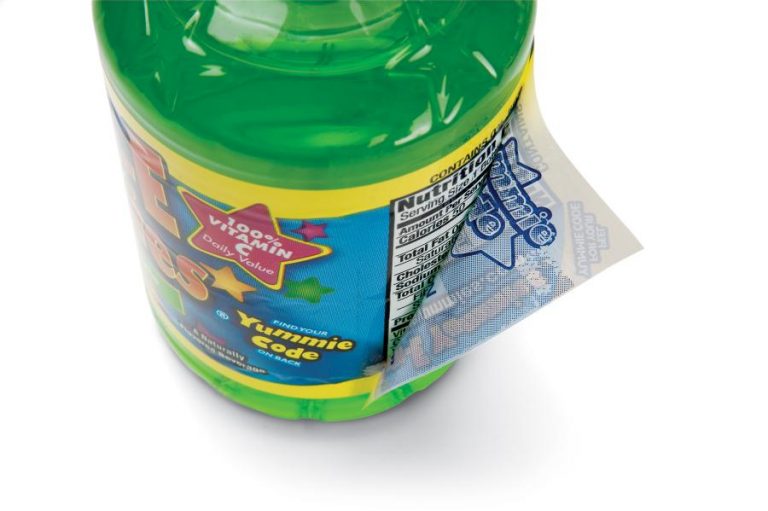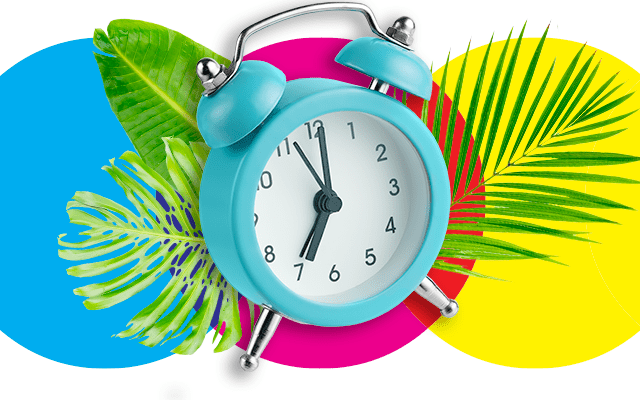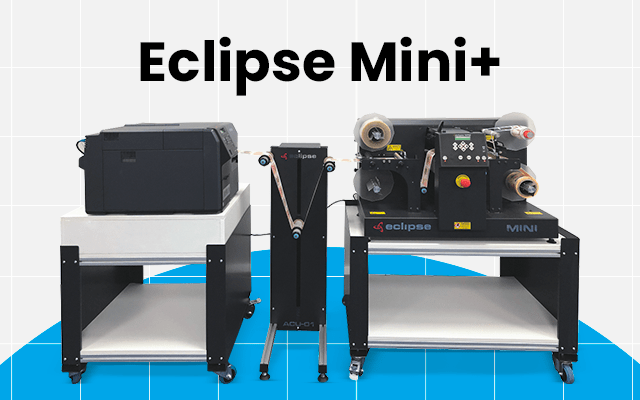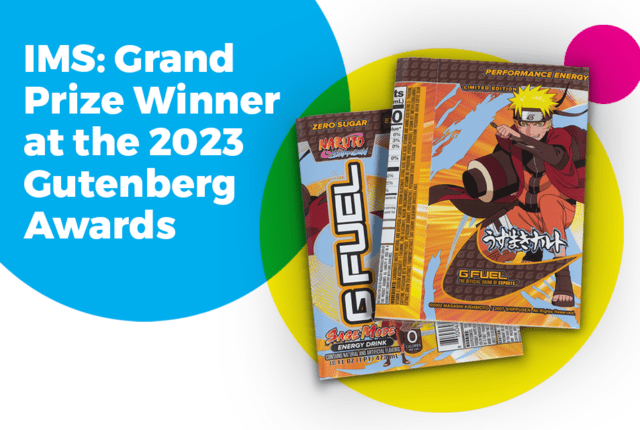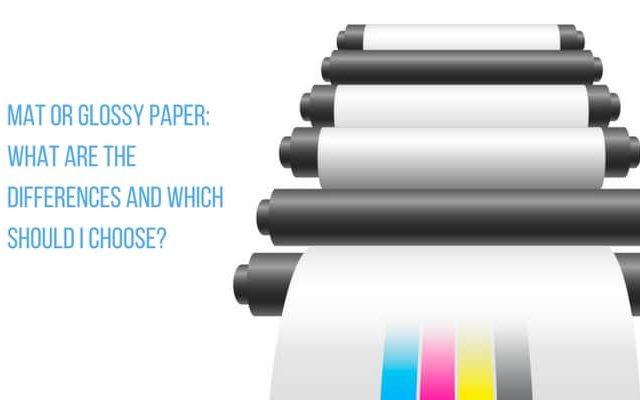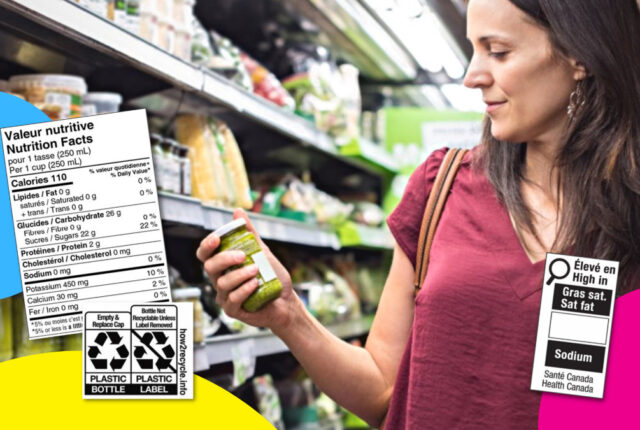We’ve all taken a few minutes to look at directions and additional information on a medicine bottle before discovering its clever presentation. By gently pulling on the corner of the label, a new label is revealed. The first layer comes off and reveals all the information you need about the product.
These peel-off labels (also known as multilayer labels) are often used in the pharmaceutical industry, and rightly so. This technique replaces cardboard packaging and small folded leaflets, where all the important information is located.
Peel-off labels make it possible to meet the increasing quantity of required information on packaging, without having to print a leaflet.
Moreover, it “hides” the rather unattractive textual information behind an eye-catching design and preserves the effect of the product on the consumer and on the pharmacy shelves. Therefore, these labels are a perfect compromise that create an attractive product and meet required standards and regulations.
On the technical side, flexographic presses can print very good peel-off labels as they can print under the adhesive. The choice of the adhesive also needs to be taken into account: it must be peelable, repositionable and transparent in order to achieve the desired effect.
However, its application is not limited to drugs and pharmaceuticals. It’s also of interest in the food industry, for example. Adding a recipe or coupon onto the label is always an incentive for consumers.
In general, multilayer labels are a great way to present details or information in other languages. This is a smart way to preserve the product’s impact and design, whether it’s the container shape or the color of the label, while displaying all the necessary or required information.

